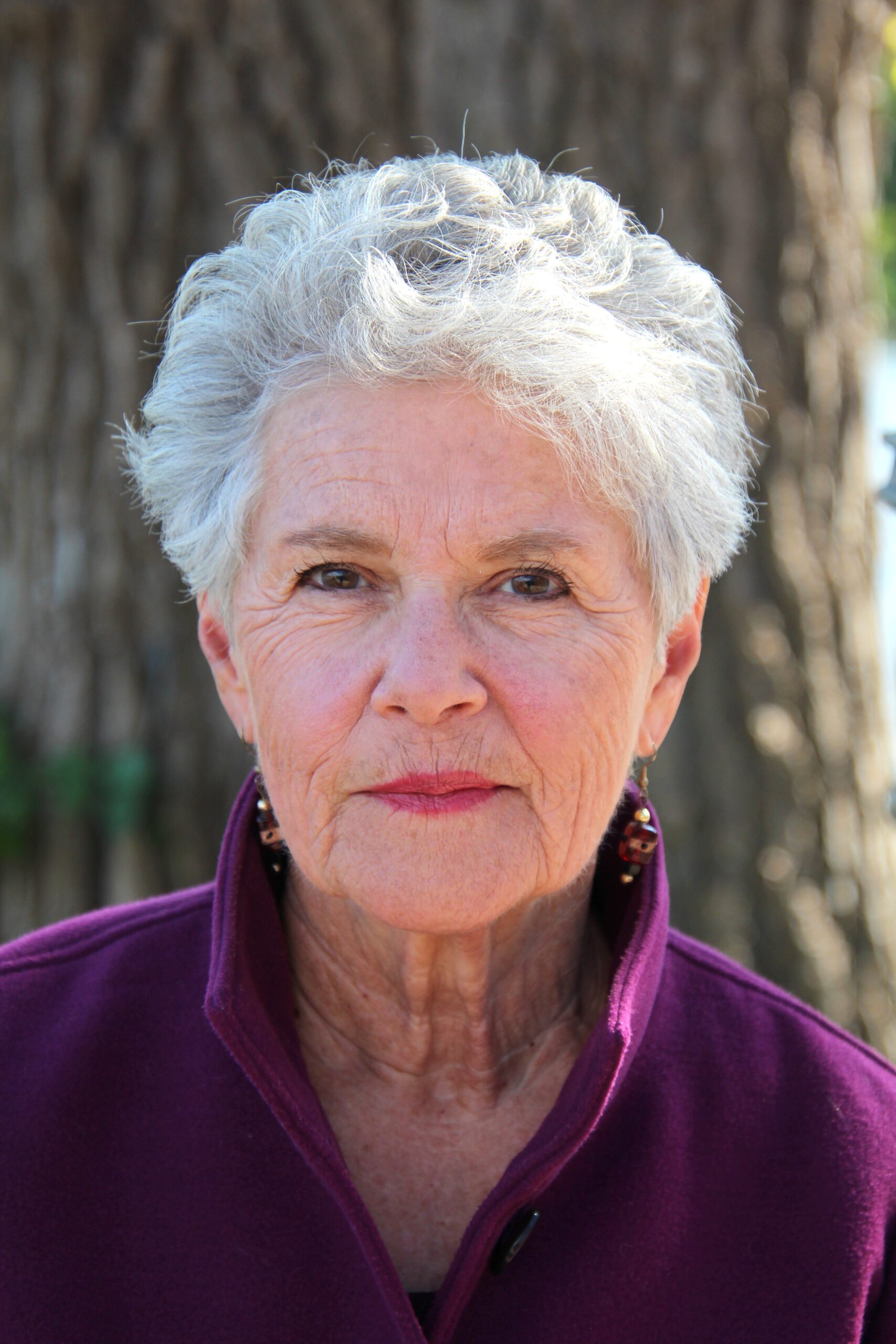I am committed to creating the experience of community wherever I am and to having people around me succeed in realizing the full expression of their potential in whatever they are going for in life!
People of Earth
NGOs
Corporations
First Nations
Faith Leaders
Previous slide
Next slide
My Stand is to be a Connector and Listener for empowering each and every person’s unique expression and contribution in life.
My objective as a Climate Ambassador is to educate and empower our families and communities for their own climate journeys and a greater demand for action on climate restoration, including an awareness of the need for climate justice.
I am an Educator, a Psychotherapist, and a Writer, and I utilize all of my background and skills as a Climate Ambassador.
I contribute to The Grandparent’s Fund and encourage others to do so for the future of my young grandchildren and for all children on Planet Earth.
I live in two communities, Central New York and Anchorage, Alaska, both of which experience the impact of climate change and are also taking some actions to mitigate or adapt.
The quote that grounds me as a Climate Ambassador: ” The fundamental role of imagination and hope is just the ability to imagine a world that’s different from what it is now.” –Rebecca Solnit
Who I plan to have an impact with as a Climate Ambassador:
- Rotary Clubs in Anchorage
- Personal friends and family
- Establishing new Women & Climate groups in Anchorage, Alaska and Utica, New York
- Writers
- Social Workers, Psychologists and other Mental Health Professionals
What is Climate Restoration?
Published here with permission from the Foundation for Climate Restoration.

Everyone wants to restore a safe climate — one that humans have actually survived long-term. In this “pre-industrial” climate, which allowed us to develop agriculture and thriving civilizations, atmospheric CO2 never rose above 300 parts per million (ppm). Today, CO2 levels are 420 ppm. Yet now we know how to bring CO2 back down to pre-industrial levels—and could do so by 2050.

Ocean iron fertilization (OIF) appears to be the fastest, safest and most effective climate restoration solution although it was controversial for a time. OIF restores fisheries and other marine life while also reducing CO2 levels at the scale needed to restore the climate. It requires little or no public funding: instead, the process produces revenue and taxes from revived fisheries.

Restoring the climate requires removing and storing a trillion tons of legacy CO2 by 2050. Nature has stored 99 percent of all the CO2 on earth in the form of limestone, made of calcium and CO2 by shellfish and other marine organisms.1 Nearly half carbon dioxide by weight, limestone is an ideal, permanent storage system for this greenhouse gas.

Restoring our climate will require pulling a trillion tons of legacy carbon dioxide from the atmosphere by 2050. Farming seaweed, mainly fast-growing kelp and sargassum, can help achieve climate restoration.

Methane is a potent greenhouse gas that causes about 1/3 of today’s global warming. Using Enhanced Atmospheric Methane Oxidation (EAMO), we can accelerate these processes and reduce atmospheric methane to pre-industrial levels. This could rewind warming back to 2002 levels by 2050 and protect humanity from catastrophic levels of melting permafrost.

More and more people are realizing: Even if we reach net zero by 2050, or stay “well under” 2°C of warming, our survival will still be in serious doubt. That’s because there are already a trillion tons of CO2 in the atmosphere. This “legacy” CO2, emitted over the last 200 years, will continue to wreak havoc in our world—whether or not we decrease future emissions to near-zero.
I have chosen to endorse the Rotary District 7150 Climate Restoration Resolution thereby joining with the Climate Restoration Alliance in making Climate Restoration be an “Idea Whose Time Has Come”
Individuals: Please fill the form below.
Organizations: Please follow these steps:
- Create a copy of the Climate Restoration Resolution Template.
- Edit and adapt it to your organization’s language and mission.
- Sign it, scan it, and upload the file using this form, by uploading the signed resolution you are giving us permission to post your organization name, logo, and resolution on our website.

